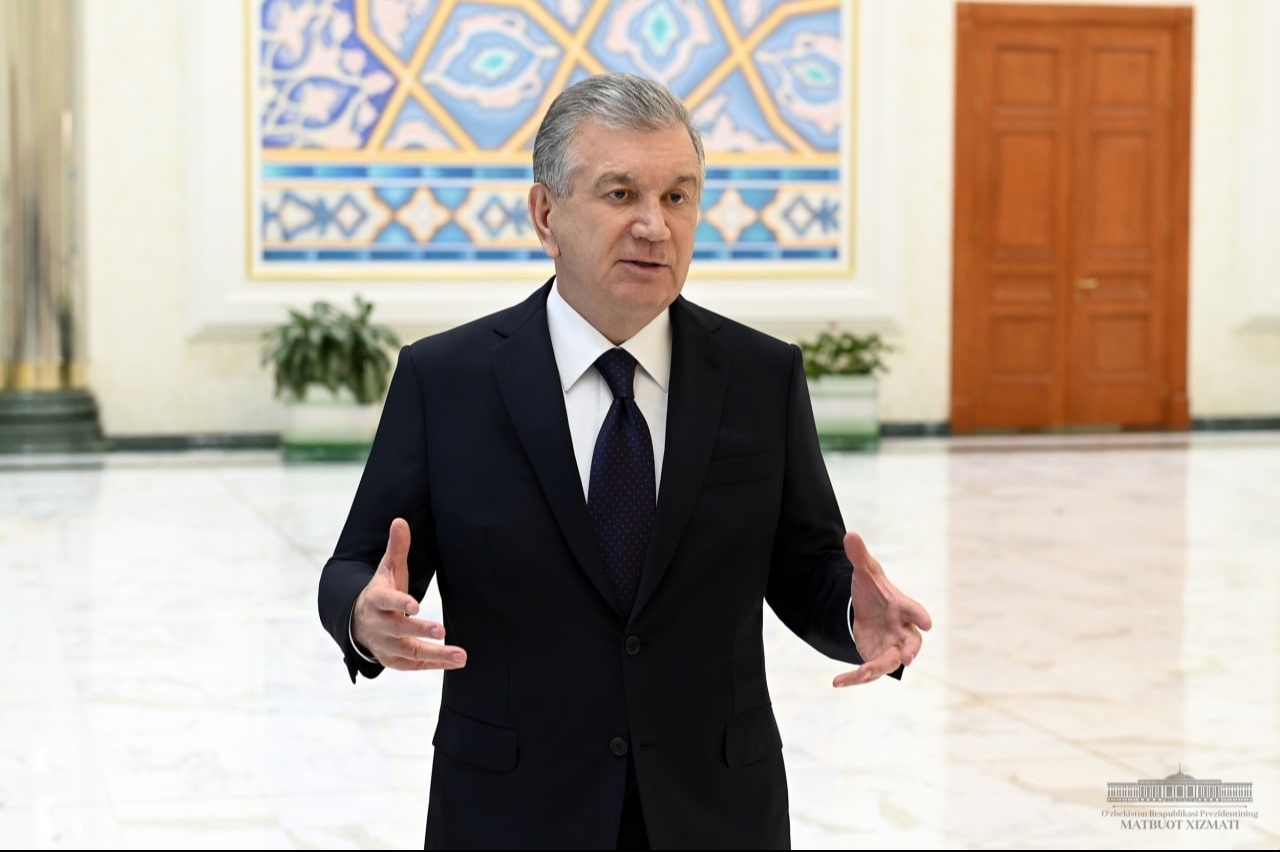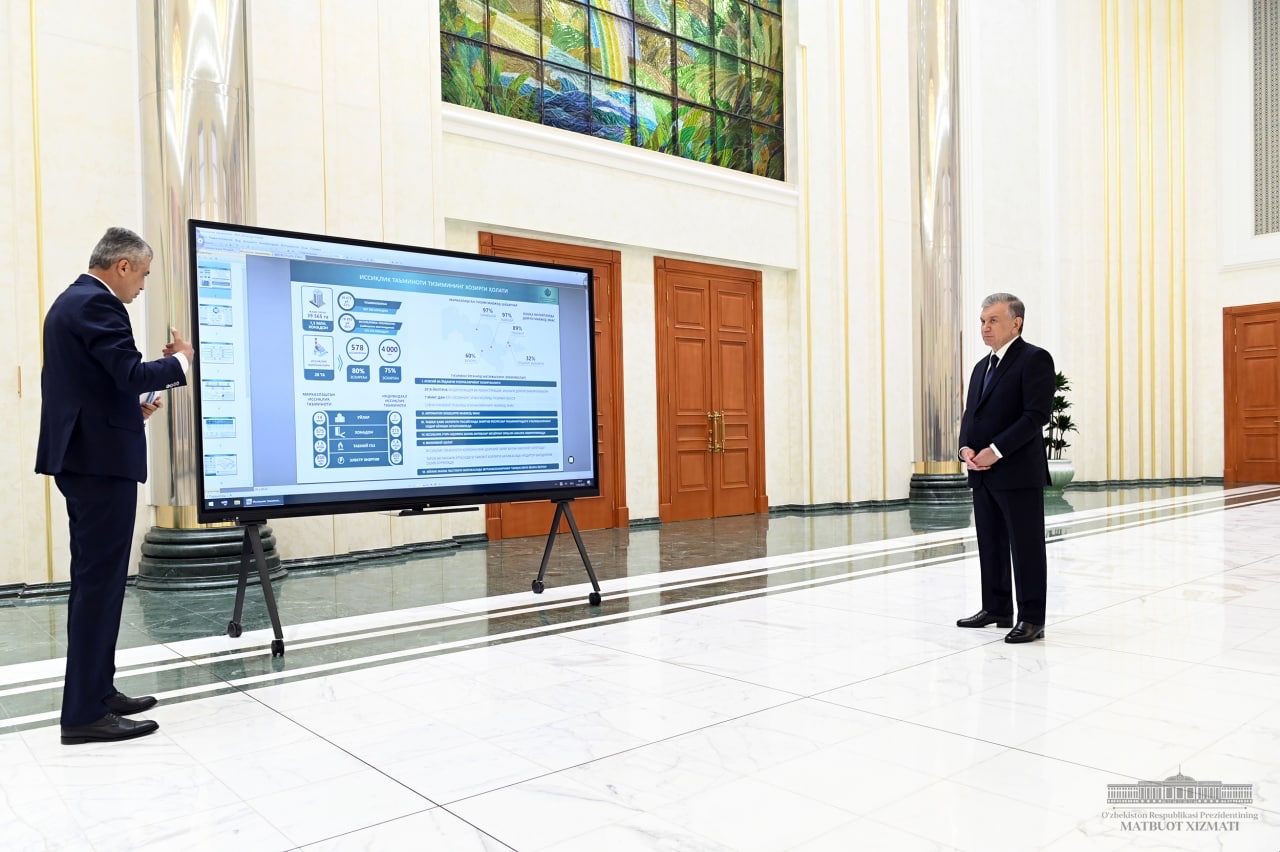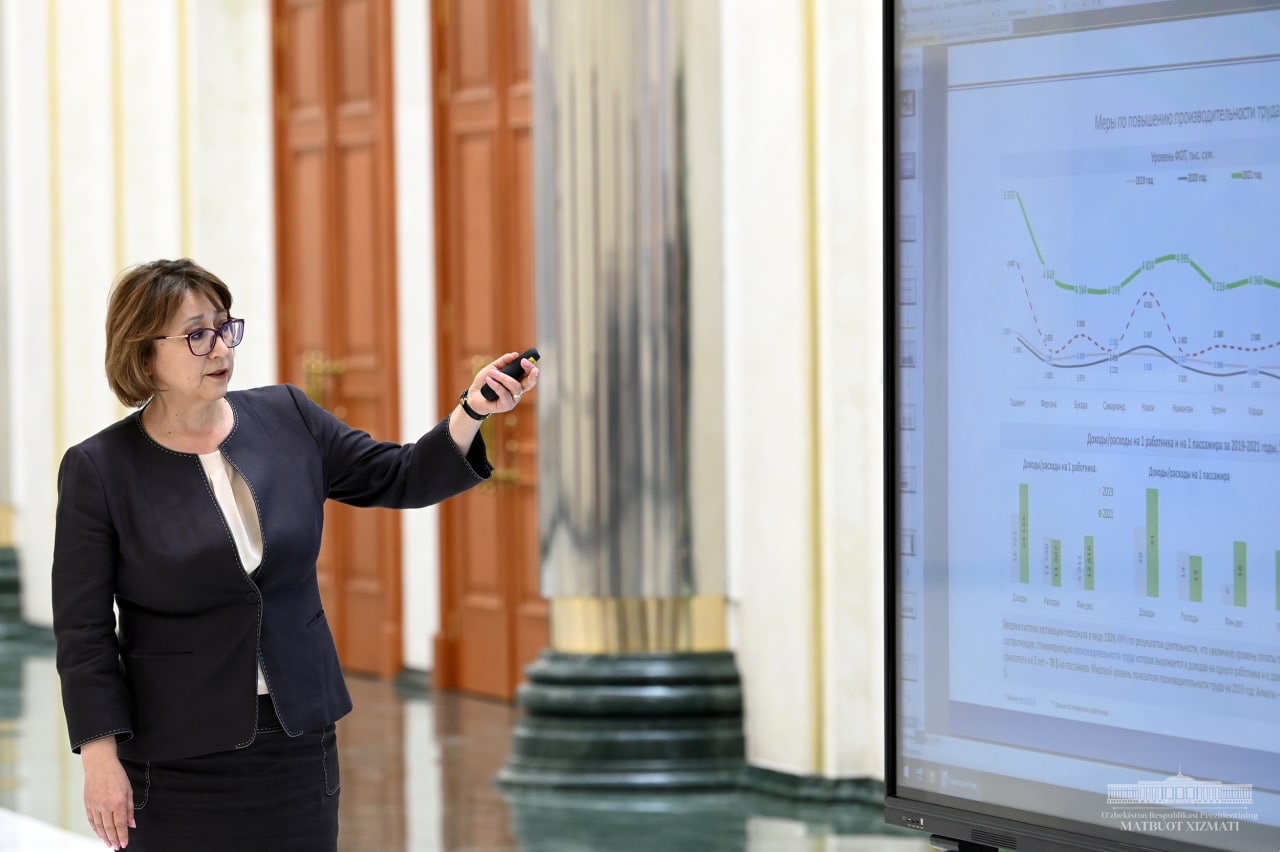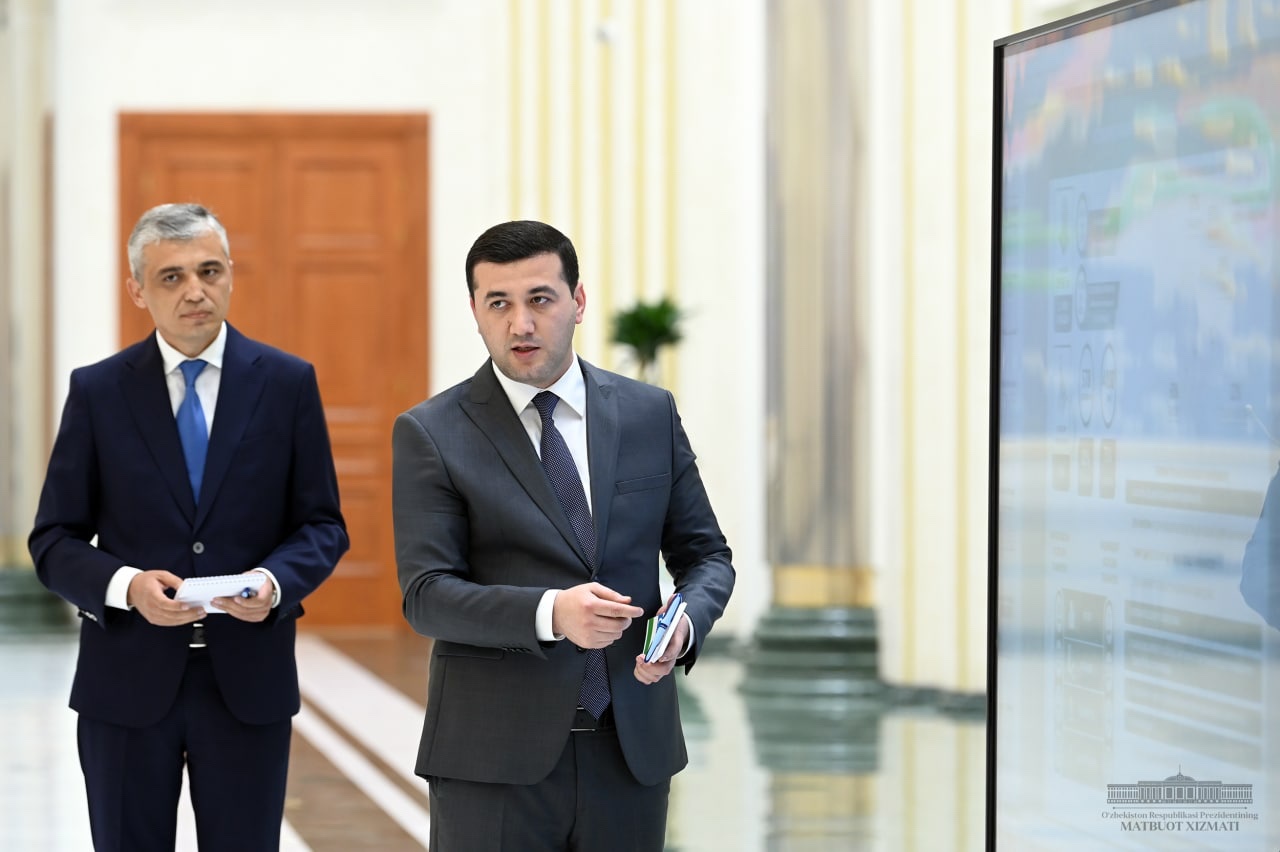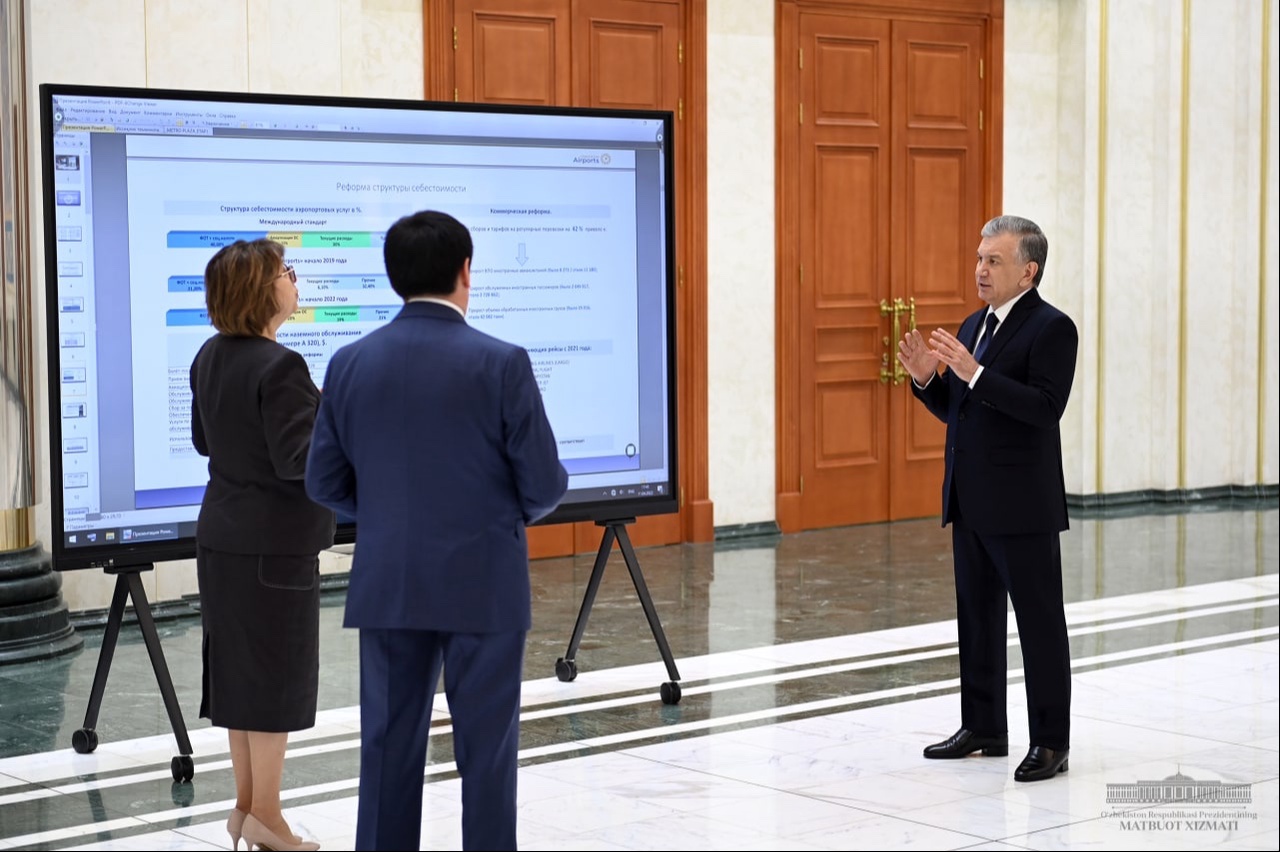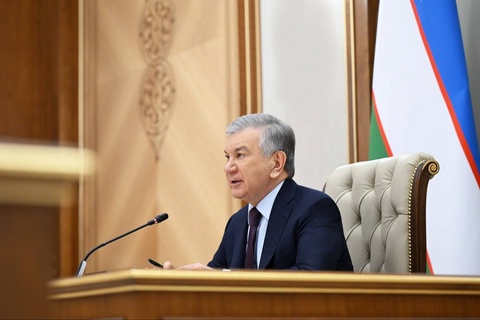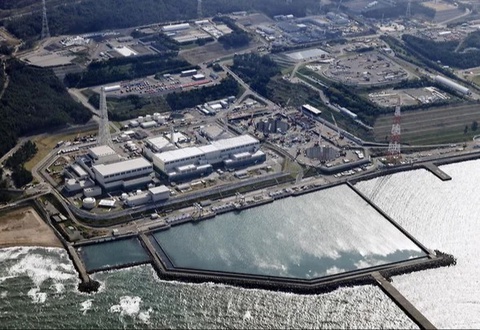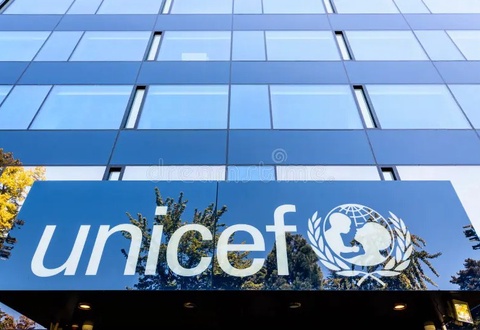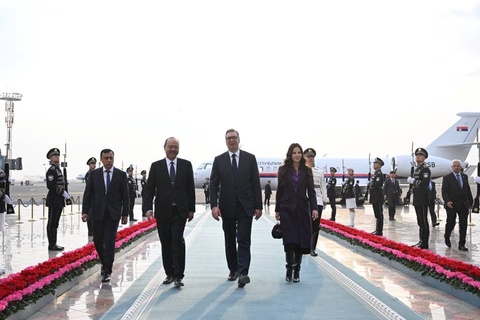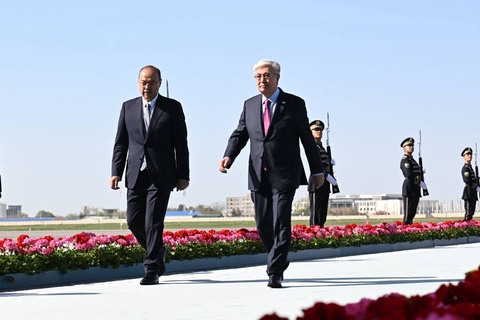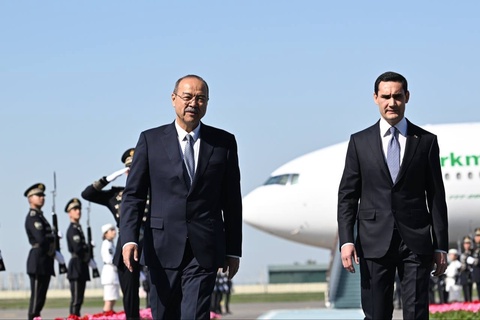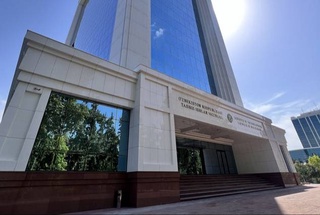With the development of Uzbekistan, the mobility of citizens is growing and international relations are enhancing, which in turn necessitates the expansion of road, rail and air transport infrastructure.
Following the resolution of the President of Uzbekistan of April 30, 2021, the transformation of Uzbekistan Airways and Uzbekistan Airports JSCs continues.
In 2021, 5.4 million passengers and 82 thousand tons of cargo were transported through the country's airports. The volume of services provided to foreign airlines increased. As a result of cost optimization measures, the financial performance of all airports has improved.
At the same time, a new terminal complex of Samarkand International Airport was built and put into operation. The reconstruction of Terminal No. 2 of Tashkent International Airport has been carried out, its capacity has been doubled. The arrival hall of Karshi Airport has been updated.
A strategy for the development of the country's airports until 2035 has been developed to continue this work.
The program for the implementation of this strategy until 2026 was discussed during the presentation.
It provides for the specialization of airports, including the development of Tashkent Airport as an international hub, Navoi Airport as a cargo hub, Samarkand and Bukhara airports as tourist hubs.
Due to the modernization of Tashkent International Airport, it is planned to increase the capacity to 2.4 thousand passengers per hour, increase the number of registration desks, passport control booths and boarding exits.
The Head of the state noted the need for broadening the horizons and improving the skills of airport staff, reducing passenger service time.
As is known, Andijan, Namangan and Fergana airports in Fergana Valley are located within the city limits and are surrounded by dense buildings, which limits the possibilities of their expansion. In this regard, it is proposed to build a new international airport, which will become one for all three regions.
The master plan of Tashkent-Eastern Airport was also discussed. Information was provided on projects for the construction of new passenger terminals at Bukhara and Urgench airports, as well as on the organization of a regional low-cost airline.
The President instructed to expand the list and improve the quality of services provided at airports, to ensure the availability of prices.
Plans to modernize and increase the coverage of the heat supply system were also discussed at the presentation.
Over the past four years, 47 boiler houses have been built in the regions and about 80 kilometers of heating networks have been laid.
In 2022-2026, it is planned to build another 172 boiler houses and 482 kilometers of networks, and upgrade 109 boiler houses and 543 kilometers of networks. As a result, the coverage of district heating will increase from the current 52 to 66 percent.
It was noted that it is possible to equip some boiler houses with cogeneration plants, which will allow generating electricity along with heat.
The Head of the state gave instructions on the digitalization of the system of heat production and consumption, expansion of public-private partnership in the sphere, and financial rehabilitation of heat supply enterprises.


